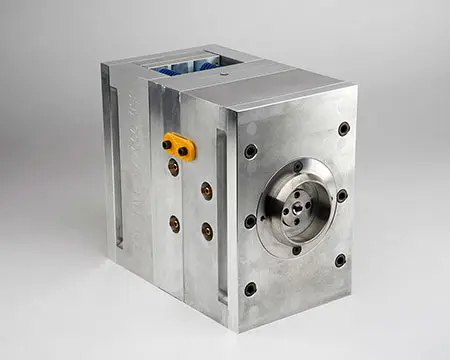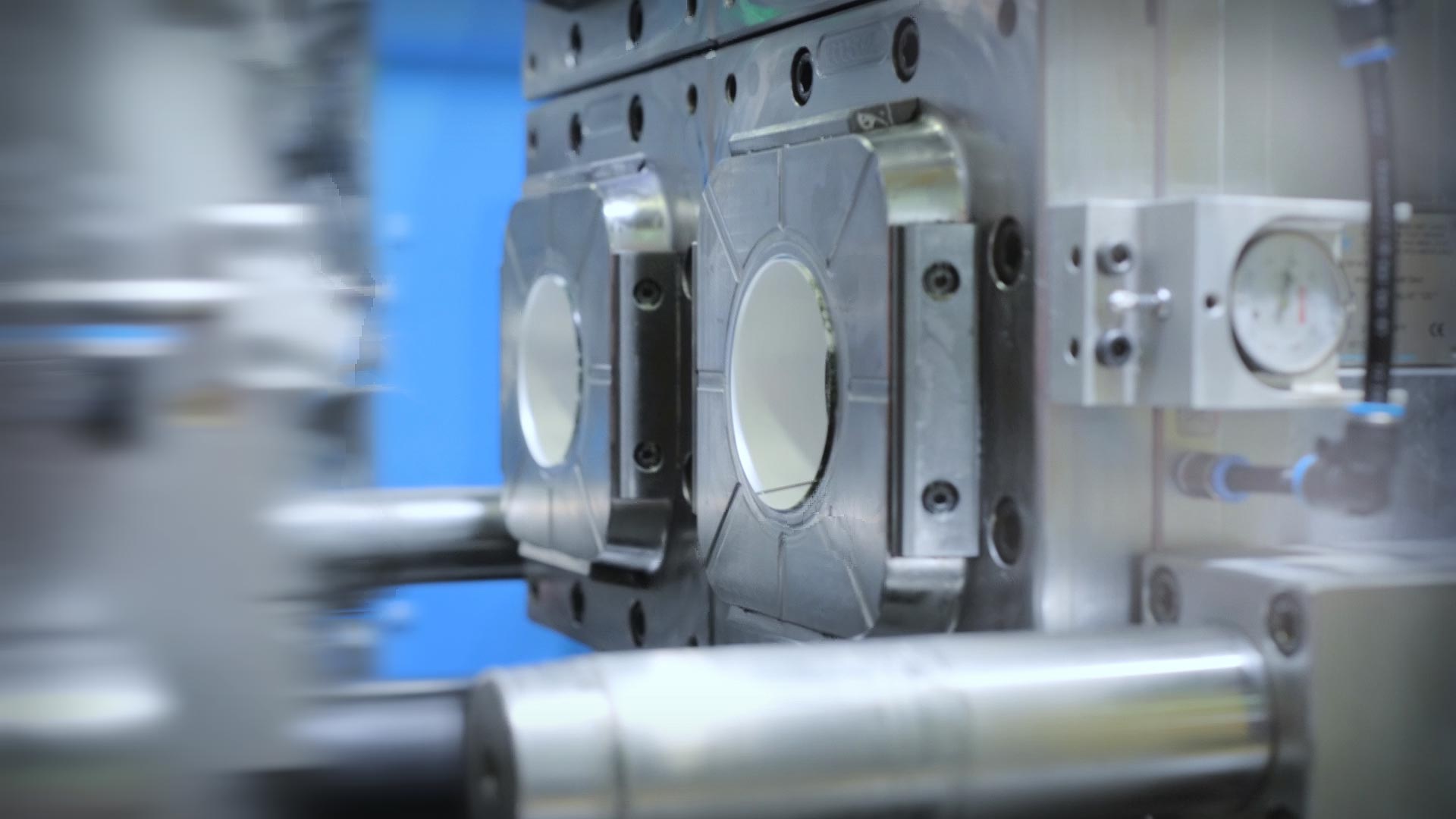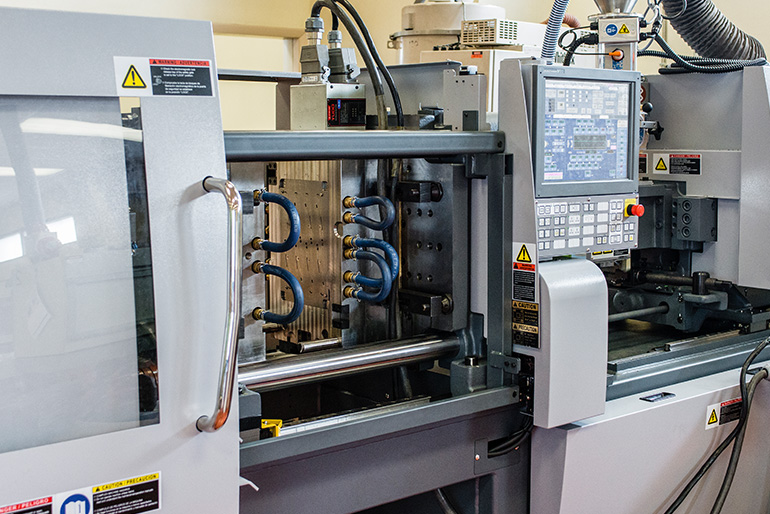The Advantages of Using Plastic Injection Molding for Custom Components Production
The Advantages of Using Plastic Injection Molding for Custom Components Production
Blog Article
Recognizing the Essentials of Plastic Shot Molding Procedures
Plastic injection molding acts as a cornerstone of modern-day manufacturing, offering a systematic approach to producing intricate components with precision. This process not just encompasses the essential actions of melting and infusing materials right into molds but also includes a nuanced understanding of different affecting elements, such as temperature and stress. As industries increasingly require effectiveness and quality, the complexities of this methodology end up being much more important. Checking out these necessary components could expose how even small adjustments can bring about considerable renovations in manufacturing results, elevating inquiries regarding the potential for technology in this well established process.
What Is Plastic Injection Molding?
Plastic injection molding is an extensively utilized production process that changes thermosetting and thermoplastic products right into exact and complex forms. This technique is favored for its capacity to produce high quantities of identical get rid of exceptional accuracy, making it an indispensable approach in numerous markets, consisting of auto, customer items, and clinical devices.
The procedure entails melting the selected plastic product and injecting it right into a mold and mildew under high pressure. The mold, developed to the specs of the desired part, allows the liquified plastic to form as it strengthens and cools down. Once the material has solidified, the mold and mildew is opened up, and the completed part is expelled.
Plastic shot molding provides numerous benefits, consisting of reduced waste, uniformity in production, and the ability to integrate detailed designs that may be challenging with other producing approaches. Additionally, it supports a broad range of materials, each offering special residential properties that can be customized for particular applications. As industries continue to innovate, plastic injection molding continues to be at the center, making it possible for the growth of sophisticated items that satisfy progressing customer needs.
The Shot Molding Refine
The injection molding process is an advanced method that includes numerous key phases to generate high-quality plastic elements. Plastic pellets are fed right into a warmed barrel where they are thawed right into a viscous liquid. This molten plastic is then injected under high stress right into a precision-engineered mold, which shapes the material right into the preferred type.
When the mold is filled, the plastic is permitted to cool down and solidify, taking the form of the mold and mildew dental caries. Air conditioning time is critical, as it impacts the cycle time and the final residential properties of the molded part. After adequate cooling, the mold opens up, and the completed component is expelled utilizing ejector pins.

Materials Used in Shot Molding
Numerous products can be made use of in the shot molding procedure, each offering unique homes that satisfy certain applications. One of the most commonly used materials consist of thermoplastics, thermosetting plastics, and elastomers.

Thermosetting plastics, like epoxy and phenolic resins, undertake a chemical modification throughout the treating procedure, causing a rigid, stringent framework. These materials are suitable for applications needing high heat resistance and structural honesty, often used in auto parts and electrical insulators.
Elastomers, including silicone and rubber-based products, give flexibility and durability. Their special residential or commercial properties make them appropriate for applications that require flexibility, such as gaskets and seals.
In addition, specialty materials like bio-based plastics and compounds are getting grip for their ecological advantages and boosted efficiency qualities, widening the extent of shot molding applications in numerous sectors. Understanding the residential or commercial properties of these materials is vital for choosing the proper kind for specific jobs.
Advantages of Shot Molding
Injection molding stands out as a very reliable production process that offers countless benefits for producing complicated get rid of accuracy. One of the most considerable benefits is the ability to create elaborate designs that would certainly be tough or difficult to achieve with various other approaches (Plastic Injection Molding). The process permits limited tolerances and detailed functions, guaranteeing high-grade components
Furthermore, injection molding is understood for its rapid production capabilities, making it an ideal selection for high-volume production. Once the mold and mildew is produced, parts can be generated rapidly, reducing preparations and enhancing total efficiency. This efficiency not just decreases production prices however additionally supplies a competitive side on the market.
The convenience of materials made use of in injection molding better improves its allure. A variety of thermoplastics and thermosetting polymers can be used, allowing suppliers to select products that ideal satisfy their details requirements, consisting of flexibility, warm, and toughness resistance.
Moreover, the process lessens waste, as excess product can commonly be recycled and reused. This sustainability facet adds to a decreased environmental influence, making shot molding a responsible manufacturing option. Generally, the benefits of shot molding make it a recommended method for numerous markets.
Aspects Influencing Item Top Quality
While numerous elements can influence product quality in injection molding, comprehending these aspects is vital for attaining optimum outcomes. Trick facets consist of product option, refining specifications, and mold and mildew style.
Product choice plays a crucial function, as various polymers display distinct properties that affect flowability, toughness, and thermal stability. Poor product selection can cause flaws such as warping or incomplete filling.
Processing specifications, consisting of cycle, temperature level, and stress time, have to be diligently regulated. Variations in these settings can cause variances partly dimensions and surface area finish. For instance, exceedingly heats may create destruction of the polymer, while insufficient pressure can cause short shots.
Mold design is similarly essential, as it determines the circulation of the molten plastic and the cooling process. Inadequately developed molds may lead to irregular cooling prices, resulting in recurring tensions and dimensional errors.

Conclusion
In final thought, plastic injection molding acts as a vital manufacturing process that enables the efficient manufacturing of high-quality components. Proficiency of the helpful site shot molding process, including the understanding of materials and the impact of numerous aspects on product high quality, is important for achieving optimal outcomes. The benefits of this method, such as cost-effectiveness and design adaptability, more highlight its importance across numerous markets, solidifying its standing as a recommended option for high-volume production.
Plastic shot molding serves as a cornerstone of modern-day manufacturing, providing a systematic technique to producing intricate elements with precision.Plastic injection molding offers a number of benefits, consisting of decreased waste, uniformity in production, and the capability to include elaborate designs that might be challenging with various other manufacturing approaches (Plastic Injection Molding). As markets continue to introduce, plastic shot molding stays at the forefront, enabling the advancement of innovative products that satisfy evolving consumer needs
The injection molding procedure is a sophisticated method that involves a number of key stages to generate premium plastic components.In final thought, plastic shot molding serves as an essential manufacturing procedure that enables the effective manufacturing helpful site of high-grade elements.
Report this page